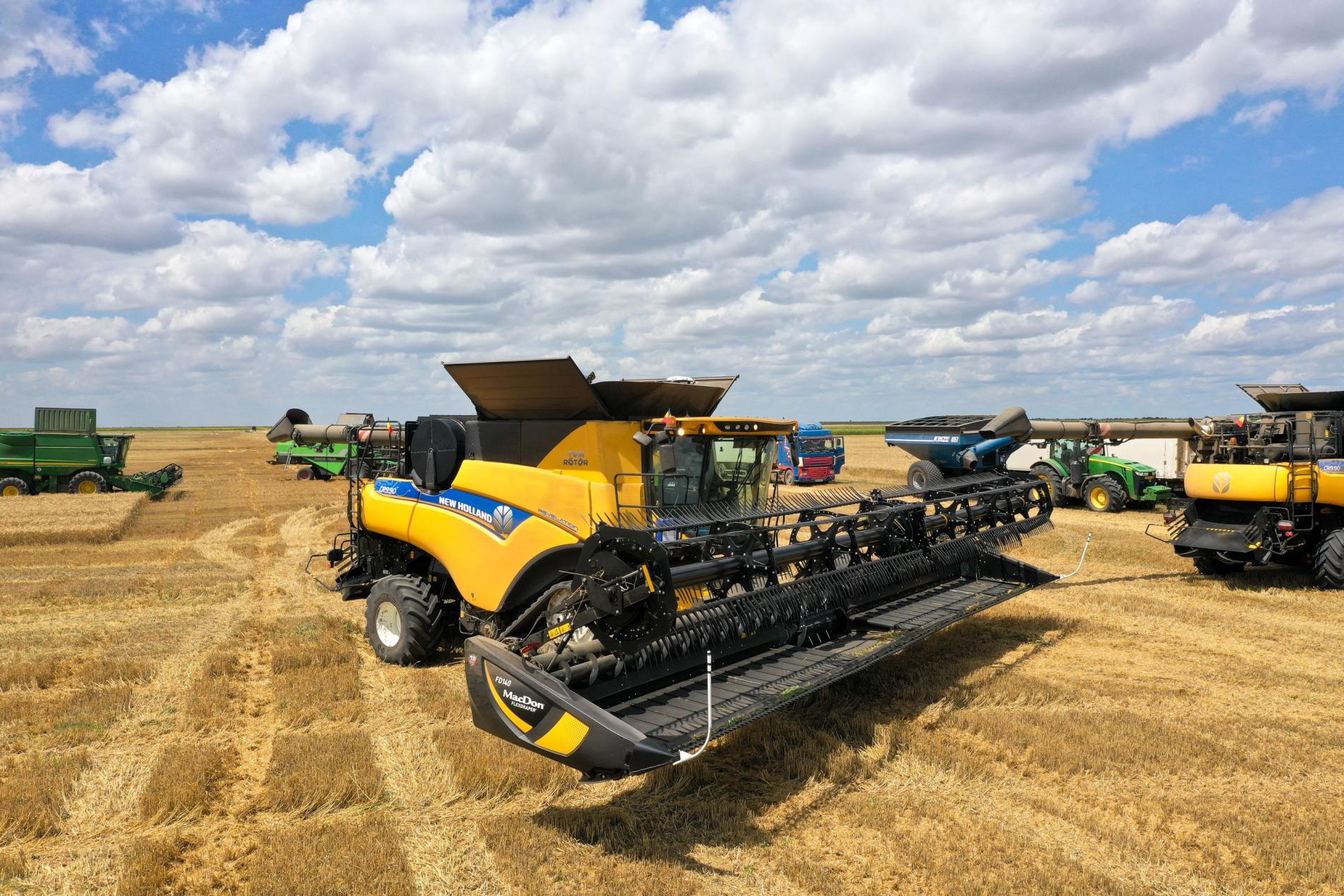Why invest in Romanian agriculture?
Farms managed and operated in a professional manner can bring attractive profits to investors. Investing in Romanian agricultural projects can bring a number of benefits, including:
-
Over the years, the agriculture sector has benefitted from a stable long-term demand, withstanding the test of time. It is one of few industries that is clear that will remain with us for many years to come. As the global population keeps increasing, the efficiency of the sector will have to increase significantly. This will, in turn, translate into long-term demand for agricultural stocks.
-
The quality of land in Romania is one of the best in Europe, and therefore one can achieve very good yields.
-
Romanian utilized agricultural area (UAA) is one of the biggest in Europe, counting 7,4 million hectares (mhas). As a comparison, France has 16 mhas of UAA, Spain 14 mhas, UK 10 mhas, Germany 9 mhas while Poland has 8 mhas. This positions Romania as one of the countries with the largest agricultural potential in Europe.
-
Romanian agricultural products can be exported to Europe via the Danube (the Danube is crossing Romania on approximately 1.050km from the total of 2.850km of its length) or to the World through the port of Constanta, the largest port on the Black Sea and one of the largest ports in Europe.
-
Currently, the Romanian agricultural sector is underperforming – for example, the production of cereal per hectare is way below the European average, showing much room for growth and optimization.
-
The dimension of an average farm is one of the smallest in Europe as the agricultural land in Romania is split into many, very small land plots (1-2 hectares). The small and medium size farms are neither using either optimal agricultural technologies nor performance management schemes. On top of this, the production efficiency is suffering as most of the small and medium farms do not have efficient agriculture equipment and cannot afford to use big capacity machines and therefore production efficiency is at a low level while the production costs are high. Thus, there is an enormous opportunity to increase the farms’ performance and, consequently, increase EBITDA by benefitting from the modern technologies and machineries.

